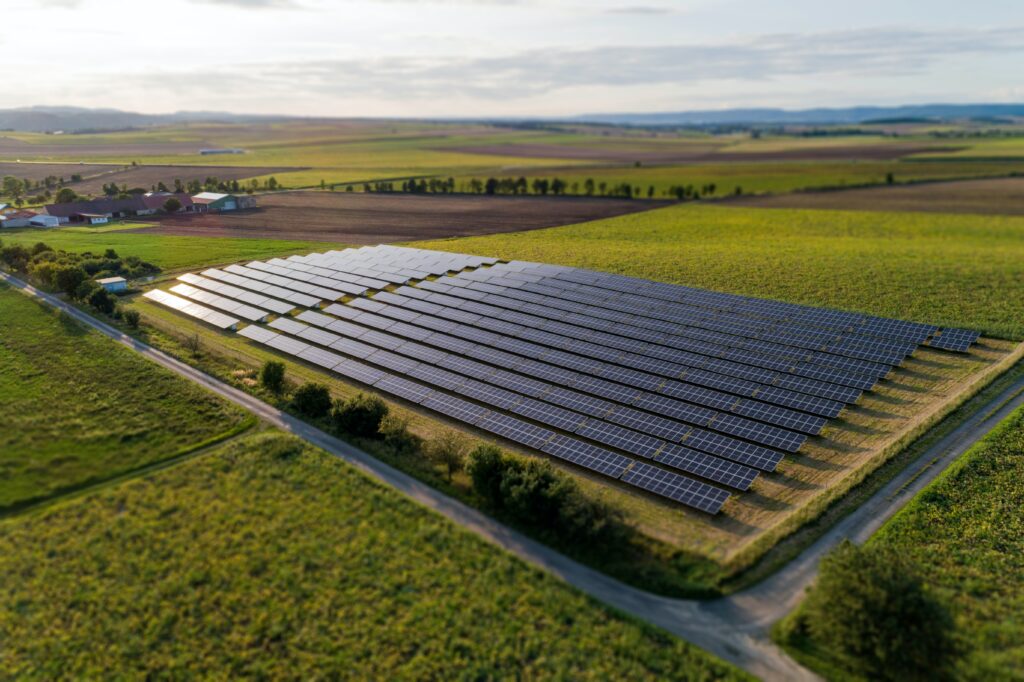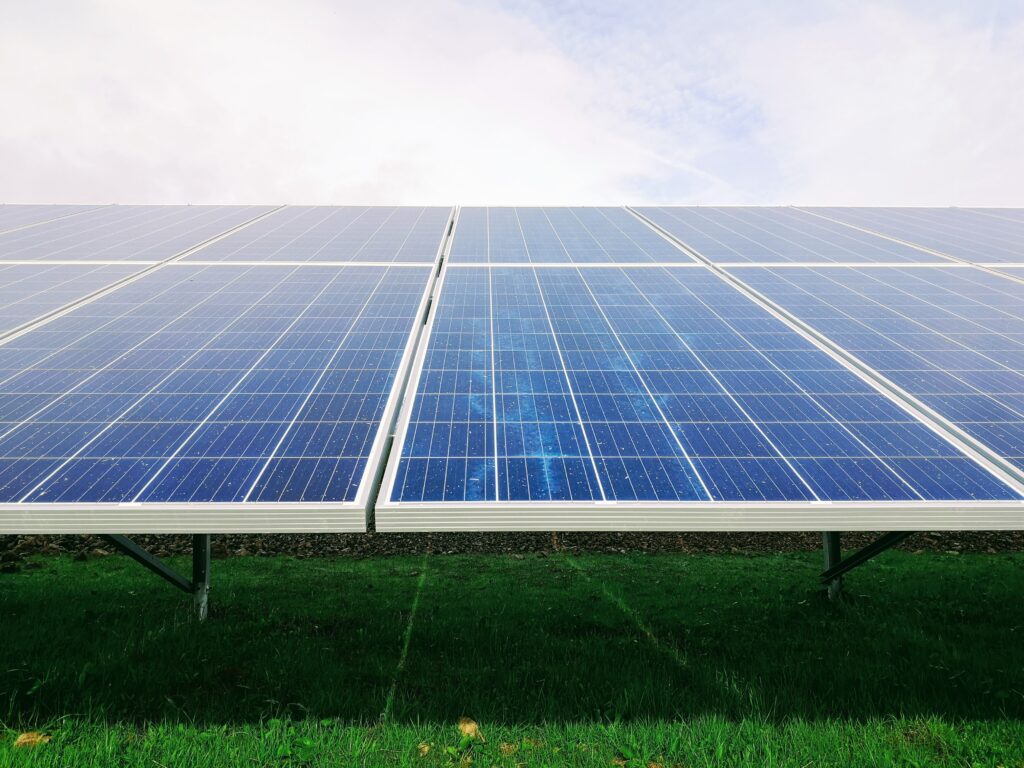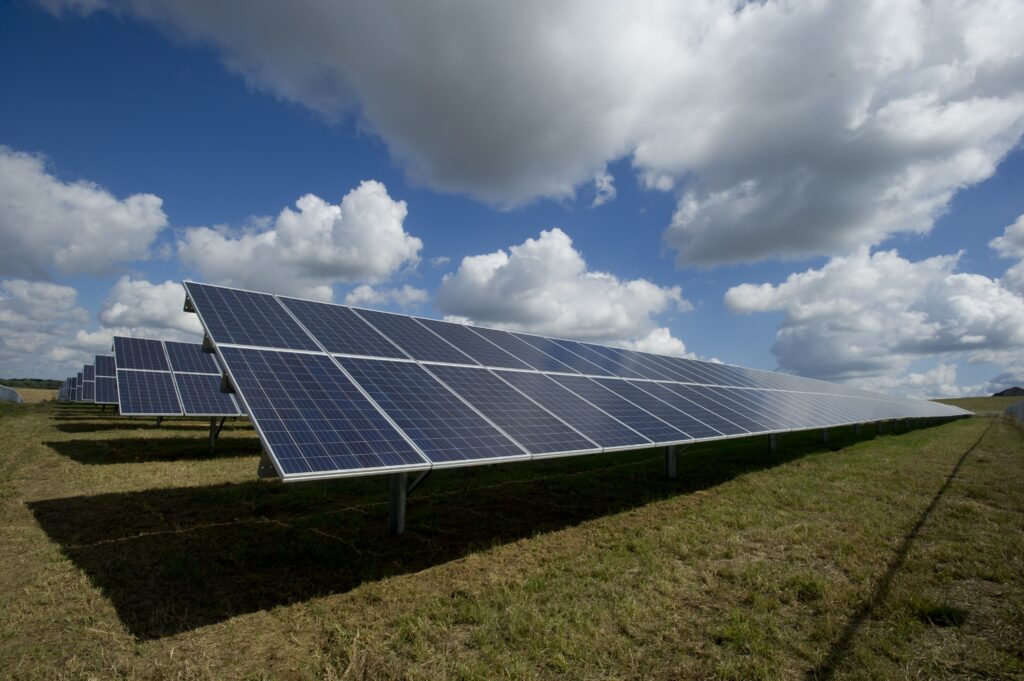Have you ever wondered about the fascinating capabilities of solar panels and how they contribute to our ever-evolving world? One question that often arises is, “How many hours a day do solar panels work?” This simple yet intriguing query urges us to delve into the functionality of these remarkable energy generators. In this article, we will explore the hours of peak performance of solar panels and shed light on the factors that influence their efficiency. So, fasten your seatbelts as we embark on a journey to uncover the secrets behind the astonishing productivity of solar panels.

Understanding the Functioning of Solar Panels
Solar panels are a fascinating and environmentally-friendly way to harness the power of the sun. These innovative devices are designed to convert sunlight into usable electricity, providing an alternative energy source that is both renewable and sustainable. To truly comprehend the functioning of solar panels, it is essential to delve into the science behind them and explore how sunlight is converted into electricity.
The science behind solar panels
Solar panels primarily rely on the concept of photovoltaic effect to convert sunlight into electricity. Underlying this effect is the use of specialized materials known as semiconductors, such as silicon. When sunlight hits the solar panels, the photons in the light excite the electrons in the semiconductor material. This creates a flow of electrons, generating an electrical current. This direct current (DC) is then converted into alternating current (AC) through an inverter to make it compatible with the electrical grid.
How sunlight is converted into electricity
The conversion of sunlight into electricity involves several key components within the solar panel system. The solar panel itself is made up of individual photovoltaic cells connected in a series and housed in a protective casing. These cells, often referred to as solar cells, consist of layers of materials that facilitate the electron excitation process. The semiconductor layers capture the excited electrons and direct them along the circuit. This movement of electrons creates an electric current that can be harnessed for various applications.
Factors That Determine Solar Panel Operation Hours
While solar panels are a reliable source of electricity, their operational hours can be influenced by various factors. Some of the key factors that determine the operation hours of solar panels include the amount of sunlight received, weather conditions, geographical location, and the angle and orientation of the panels.
Amount of sunlight
The amount of sunlight plays a crucial role in determining the operation hours of solar panels. Solar panels require direct sunlight to generate electricity efficiently. Therefore, areas with more sunlight hours tend to have longer operational hours for solar panels. However, even in regions with less sunlight, solar panels can still produce electricity, albeit at a reduced capacity.
Weather conditions
weather conditions, such as cloud coverage and precipitation, can impact the amount of sunlight reaching the solar panels. Cloudy or rainy days can significantly reduce the efficiency and operation hours of solar panels. However, it is important to note that solar panels can still generate electricity on cloudy days, although at a lower capacity compared to clear, sunny days.
Geographical location
The geographical location of the solar panels also affects their operation hours. Areas closer to the equator receive more direct sunlight throughout the year, resulting in longer operational hours for solar panels. Conversely, areas farther from the equator may experience shorter operational hours due to the tilt of the Earth and the angle at which sunlight reaches the solar panels.
Angle and orientation of the panels
The angle and orientation of the solar panels are critical in maximizing their operational hours. Ideally, solar panels should be tilted and positioned to capture the most sunlight throughout the day. The optimal angle and orientation vary depending on the geographical location. Therefore, adjusting the angle and orientation of the solar panels can significantly impact their operation hours and overall efficiency.
Hours of Sunlight
Understanding the variation of sunlight hours throughout the year is essential when considering solar panel operation. The number of sunlight hours varies depending on the season and geographical location, ultimately affecting the performance of solar panels.
Variation of sunlight hours throughout the year
Sunlight hours are not consistent throughout the year due to the Earth’s tilt on its axis and its elliptical orbit around the sun. In areas farther from the equator, such as the northern or southern regions, there is more significant variation in sunlight hours between seasons. During the summer, these regions experience longer days, resulting in more sunlight hours and increased solar panel performance. Conversely, shorter days during winter reduce the operational hours of solar panels.
How peak sun hours affect solar panel performance
Peak sun hours refer to the number of hours in a day with sunlight of sufficient intensity for optimal solar panel performance. These hours can vary depending on the location, season, and weather conditions. Solar panels produce the highest amount of electricity during peak sun hours when the sun is at its highest point in the sky and shines directly onto the panels. These hours typically coincide with midday when the sun’s rays are the most intense. Understanding the concept of peak sun hours is crucial for estimating the potential energy production of solar panels.
Weather’s Impact on Solar Panels Performance
Weather conditions have a significant influence on the performance of solar panels. Different weather scenarios, such as sunny, cloudy, or rainy days, can affect the amount of solar radiation reaching the panels and, subsequently, their electricity generation.
Effect of weather conditions on solar radiation
Solar radiation is the term used to describe the sunlight that reaches the Earth’s surface. It consists of direct sunlight and diffused sunlight, which refers to the light scattered by particles in the atmosphere. Cloudy or overcast weather can reduce the amount of direct sunlight reaching the solar panels, resulting in lower electricity production. However, diffused sunlight can still contribute to some electricity generation, albeit at a lower capacity compared to direct sunlight. Rainy conditions can further reduce solar panel performance, as water droplets in the atmosphere absorb and scatter sunlight.
Performance of solar panels in different weather scenarios
solar panels can still function and generate electricity even on cloudy or rainy days, although their performance may be diminished. The efficiency and output of solar panels are significantly influenced by the availability of direct sunlight. Consequently, during periods of prolonged cloud coverage or rainy weather, solar panels may not operate at their maximum capacity. However, advancements in solar panel technology, such as the development of more efficient solar cells, have improved their ability to generate electricity under less-than-optimal weather conditions.

Geographical Location’s Influence on Solar Energy Production
The geographical location of solar panels can have a considerable impact on the amount of sunlight they receive, ultimately affecting their energy production.
Impact of geographical location on sunlight hours
The Earth’s tilt and its orbit around the sun cause variations in sunlight hours at different latitudes. Solar panels located closer to the equator, where the sun is more directly overhead, generally receive more intense sunlight and, therefore, have longer operational hours. In contrast, solar panels located at higher latitudes experience fewer sunlight hours due to the sun’s lower angle in the sky. The latitude of the installation site is a crucial factor to consider when estimating solar panel energy production.
Comparison of solar energy production in different regions
Solar energy production can significantly vary between different regions due to their geographical locations. Regions located closer to the equator, such as parts of Africa and the Middle East, experience more sunlight hours and higher solar energy production potential. However, even regions farther from the equator, such as parts of Europe and North America, can still benefit from solar energy. Despite receiving fewer sunlight hours, advancements in solar panel efficiency and installation practices have made solar energy production viable and increasingly popular in various regions worldwide.
Efficiency of Solar Panels
The efficiency of solar panels plays a crucial role in their energy production capabilities. A more efficient solar panel can convert a higher percentage of sunlight into usable electricity, increasing the overall energy output.
How efficiency affects solar energy production
The efficiency of a solar panel refers to its ability to convert sunlight into usable electricity. Higher efficiency means that a greater amount of sunlight is being converted into electricity, resulting in increased energy production. More efficient solar panels are advantageous because they can generate more electricity using the same amount of sunlight compared to less efficient panels. Additionally, higher efficiency panels can generate more electricity within a limited space, making them suitable for installations with space constraints.
Ways to maximize solar panel efficiency
There are various methods to maximize the efficiency of solar panels:
-
Keep the panels clean: Regularly removing dirt, dust, and debris from the surface of the solar panels can enhance their efficiency. Accumulated dirt can reduce the amount of sunlight reaching the solar cells, thereby decreasing energy production.
-
Optimal panel placement: Positioning the solar panels in an area with maximum sunlight exposure throughout the day can maximize their efficiency. This involves considering the angle, orientation, and potential shading from surrounding structures or trees.
-
Use tracking systems: Solar tracking systems can optimize the panels’ position to face the sun directly as it moves across the sky throughout the day. This dynamic adjustment allows for increased exposure to sunlight, enhancing energy production.
-
Use high-efficiency solar cells: Installing solar panels with high-efficiency solar cells, such as monocrystalline or polycrystalline cells, can improve overall energy production. These types of cells can convert a higher percentage of sunlight into electricity compared to lower efficiency options.

Orientation and Tilt of Solar Panels
The orientation and tilt of solar panels are crucial considerations in maximizing their energy production. Proper positioning of the panels ensures optimum exposure to sunlight throughout the day.
Importance of solar panel positioning
Positioning the solar panels correctly is essential for their optimal energy production. Ideally, solar panels should face the south (in the northern hemisphere) or north (in the southern hemisphere) to receive the maximum amount of sunlight. This positioning allows the panels to capture sunlight for the longest period during the day. Proper panel positioning minimizes shading and maximizes exposure to direct sunlight, which leads to increased energy production.
Influence of panel tilt on energy production
The tilt or angle at which solar panels are installed can significantly impact their energy production. The optimal tilt angle depends on the geographical location and the season. In general, tilting the panels at an angle close to the latitude of the installation site can maximize their exposure to the sun’s rays throughout the year. Adjusting the tilt angle according to the seasons, such as increasing it in the winter and reducing it in the summer, can further optimize energy production.
Maintenance and Servicing
Regular maintenance and servicing are crucial for ensuring the long-term efficiency and performance of solar panels. By properly maintaining the panels, you can mitigate any potential issues and optimize their energy generation capabilities.
Role of regular maintenance in solar panel efficiency
Regular maintenance helps to keep the solar panels in optimal condition, ensuring maximum efficiency and energy production. This includes routine cleaning of the panels to remove any dirt or debris that can obstruct sunlight absorption. Inspecting the panels for any damage or signs of wear and tear is also important to address potential issues promptly. Furthermore, monitoring the performance of the solar panels and their components can help identify any inefficiencies or malfunctions that require professional attention.
Typical servicing practices for solar panels
Standard servicing practices for solar panels typically involve:
-
Cleaning: Removing any dirt, dust, or debris from the surface of the panels to maximize sunlight absorption.
-
Inspection: Regularly checking the panels and their components for any damage or signs of deterioration, such as cracks, loose wiring, or discoloration.
-
Electrical system check: Ensuring that the electrical connections and wiring are properly secured and functioning efficiently.
-
Inverter maintenance: Inspecting and testing the inverter, which converts the DC electricity generated by the solar panels into AC electricity for use.
-
Monitoring system performance: Utilizing monitoring tools to track the energy production and overall performance of the solar panels to identify any abnormalities or efficiency drops.
By following these maintenance practices and scheduling regular professional servicing, you can extend the lifespan of your solar panels and maximize their energy production capabilities.
Use of Solar Batteries
Solar batteries are another component that can enhance the functionality of solar panel systems. These batteries store surplus solar energy generated during the day for later use, ensuring a consistent power supply even during non-sunlight hours.
Working of solar batteries
Solar batteries, also known as deep-cycle batteries, store excess electricity generated by the solar panels for later use. They work by storing the excess energy in a chemical form, typically through a process known as charging, which occurs during peak sunlight hours. The stored energy can be discharged during periods of low sunlight or at night when the solar panels are not actively producing electricity. Solar batteries are often used in conjunction with solar panel systems to optimize energy utilization and provide backup power.
Storing surplus solar energy for later use
Storing surplus solar energy through the use of solar batteries offers several benefits. It allows for a more efficient use of the generated electricity, ensuring that the energy is not wasted when it exceeds immediate demand. During non-sunlight hours, the energy stored in the batteries can be used to power electrical devices, reducing reliance on the electrical grid. This leads to increased self-sufficiency and potential cost savings on electricity bills. Additionally, solar batteries can serve as a backup power source during power outages, ensuring a continuous power supply.
Understanding Solar Energy Production Estimates
Estimating solar energy production is an essential step in determining the viability and potential benefits of installing solar panels. Several factors, including solar panel operation hours, need to be taken into account when estimating solar energy output.
How solar energy output is estimated
To estimate solar energy output, various factors are considered, including the solar panel’s capacity, the average sunlight hours in the geographical location, and the efficiency of the solar panels. These factors are combined to determine the expected energy production in kilowatt-hours (kWh) over a given time period, such as a day, month, or year. The estimated energy output provides valuable information for evaluating the financial and environmental benefits of solar panel installations.
Factoring in solar panels operation hours in estimates
Solar panel operation hours play a crucial role in the estimation of energy production. The amount of sunlight received throughout the day directly impacts the number of operational hours for solar panels. By considering the geographical location, average sunlight hours, and the factors that influence operation hours discussed earlier, more accurate estimates of energy production can be obtained. This allows individuals or organizations to make informed decisions regarding the size and capacity of the solar panel system, as well as the expected return on investment.
In conclusion, understanding the functioning of solar panels is essential to fully appreciate their potential as a clean and renewable energy source. Factors such as sunlight availability, geographical location, weather conditions, efficiency, and maintenance all contribute to the operation hours and overall performance of solar panels. By considering these factors, maximizing energy production through optimal positioning and maintenance, and utilizing additional components like solar batteries, solar panels can provide a reliable and sustainable source of electricity for various applications.




